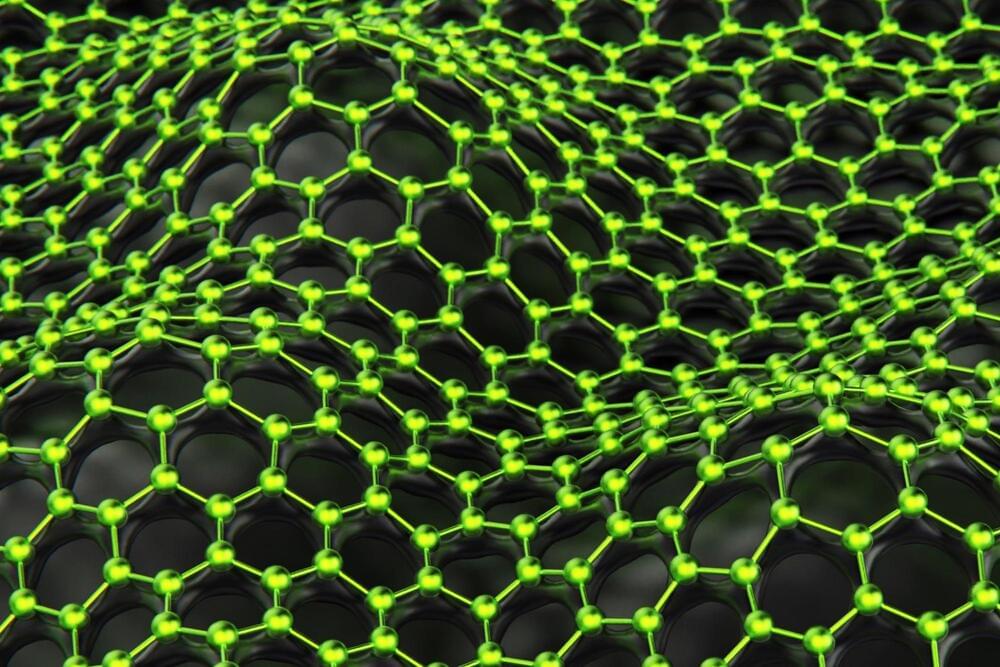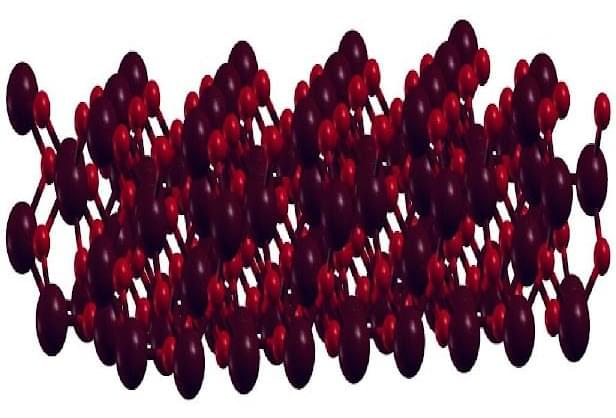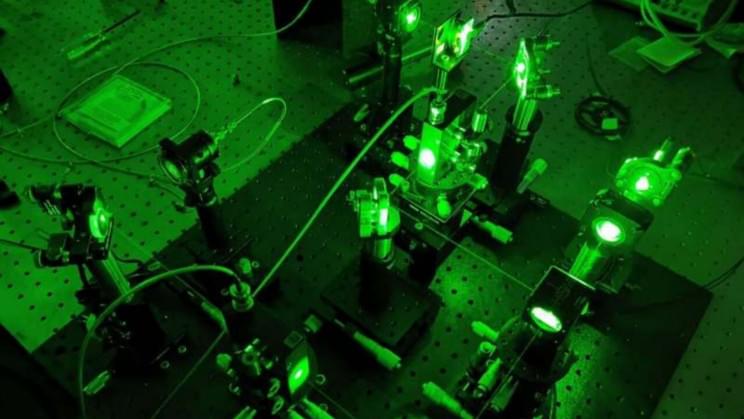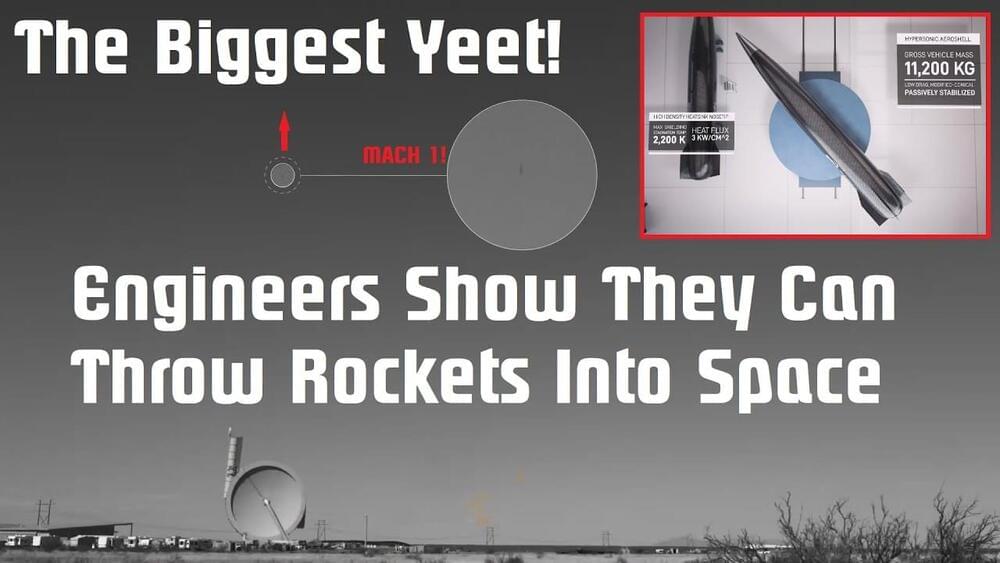Nov 23, 2021
The UN Is Engineering a Floating City. To Withstand a Category 5 Hurricane?
Posted by Gemechu Taye in categories: climatology, engineering, governance, habitats, sustainability
Because global warming and its associated risks are here to stay.
Global warming is causing many physical risks such as droughts, wildfires, and floods. According to the Intergovernmental Panel on Climate Change, global warming is essentially irreversible, which means these dangers will keep coming up. Luckily, some countries have started planning ahead.
The Busan Metropolitan City of the Republic of Korea, the UN-Habitat, and OCEANIX have joined forces to build the world’s first prototype sustainable floating city in order to get ahead of physical risks.
Continue reading “The UN Is Engineering a Floating City. To Withstand a Category 5 Hurricane?” »
















